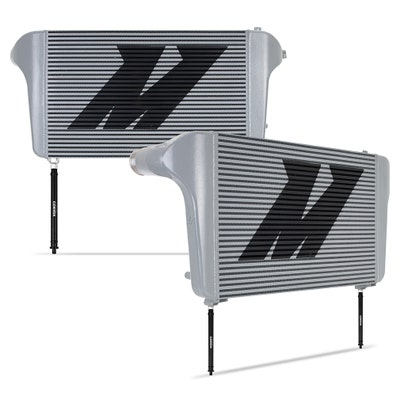
Ford Family Fun - 2020+ Ford Explorer ST Performance Intercooler Stock review and Design Plans
Spirited driving is now a family affair in a Ford. Ford needed a new herald for the ST badge since exiling their small car lineup to Europe and Australia. So, why not turn one of America's most popular SUVs into a performance machine? Thus, the Explorer ST was born. A 3-row monument to practicality now fitted with a heavy-hitting 3.0L twin-turbo EcoBoost, hunkered down suspension, and bolstered sport seats. From the factory, the Explorer ST already boasts enough grunt to shove you and the kids back in your seats, but we reckon there are more ponies to squeeze out, particularly through the intercooling system.

Ever since Ford brought the EcoBoost engines to life in the early 2010s, enthusiasts have been on a quest for more boost. The downside to added boost pressure, however, is that it can easily overload the stock intercooler. The lightweight tube-and-fin cores generally don't have the surface area or core volume to dissipate the heat generated by higher-than-stock boost pressures. The Explorer ST's intercooler is no exception to that trend.
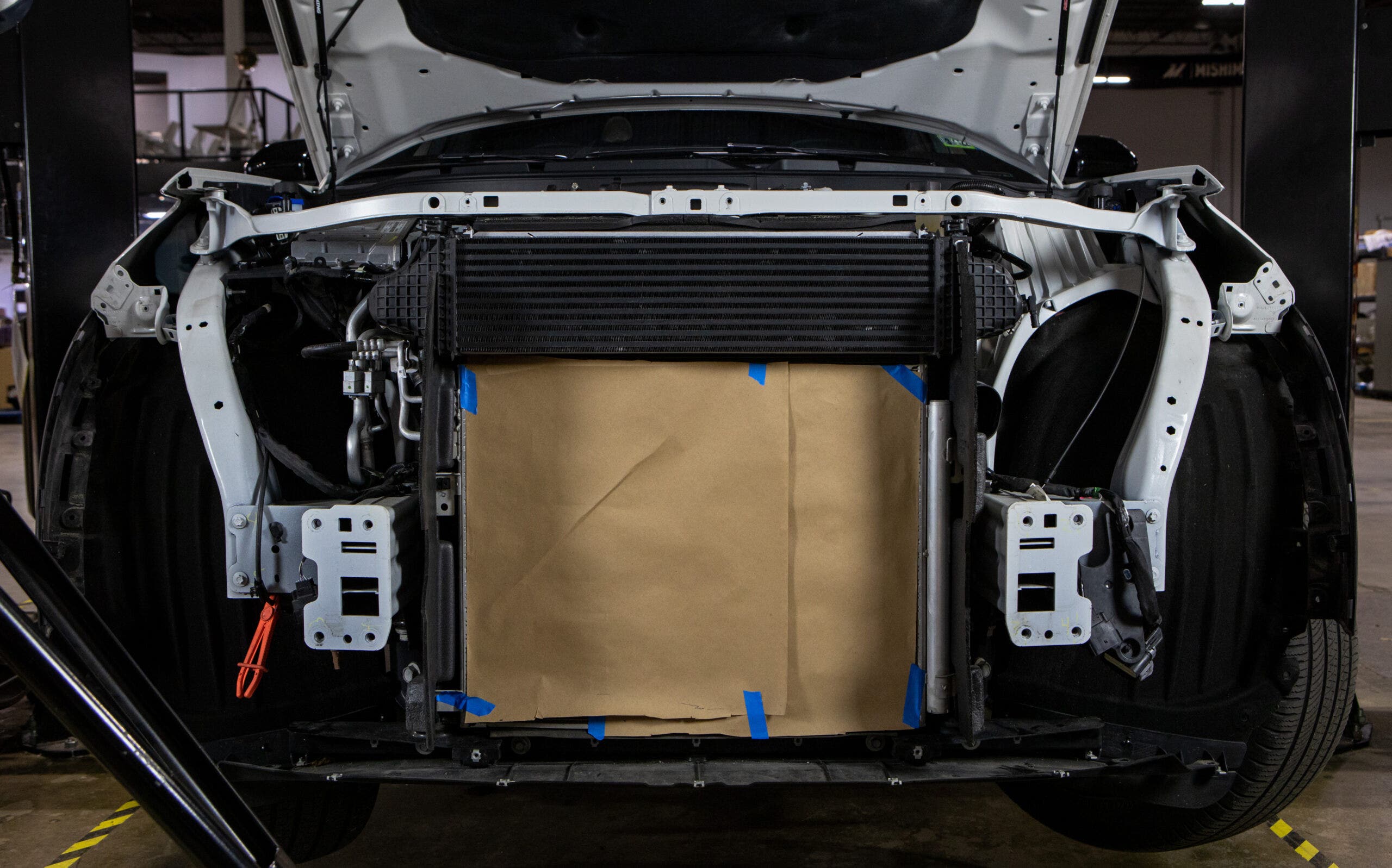
Ford's intercooler sits right behind the upper grille, meaning that it gets first dibs on cool, fresh air. However, the size and construction of the ST's intercooler leave a lot to be desired for those seeking more performance.
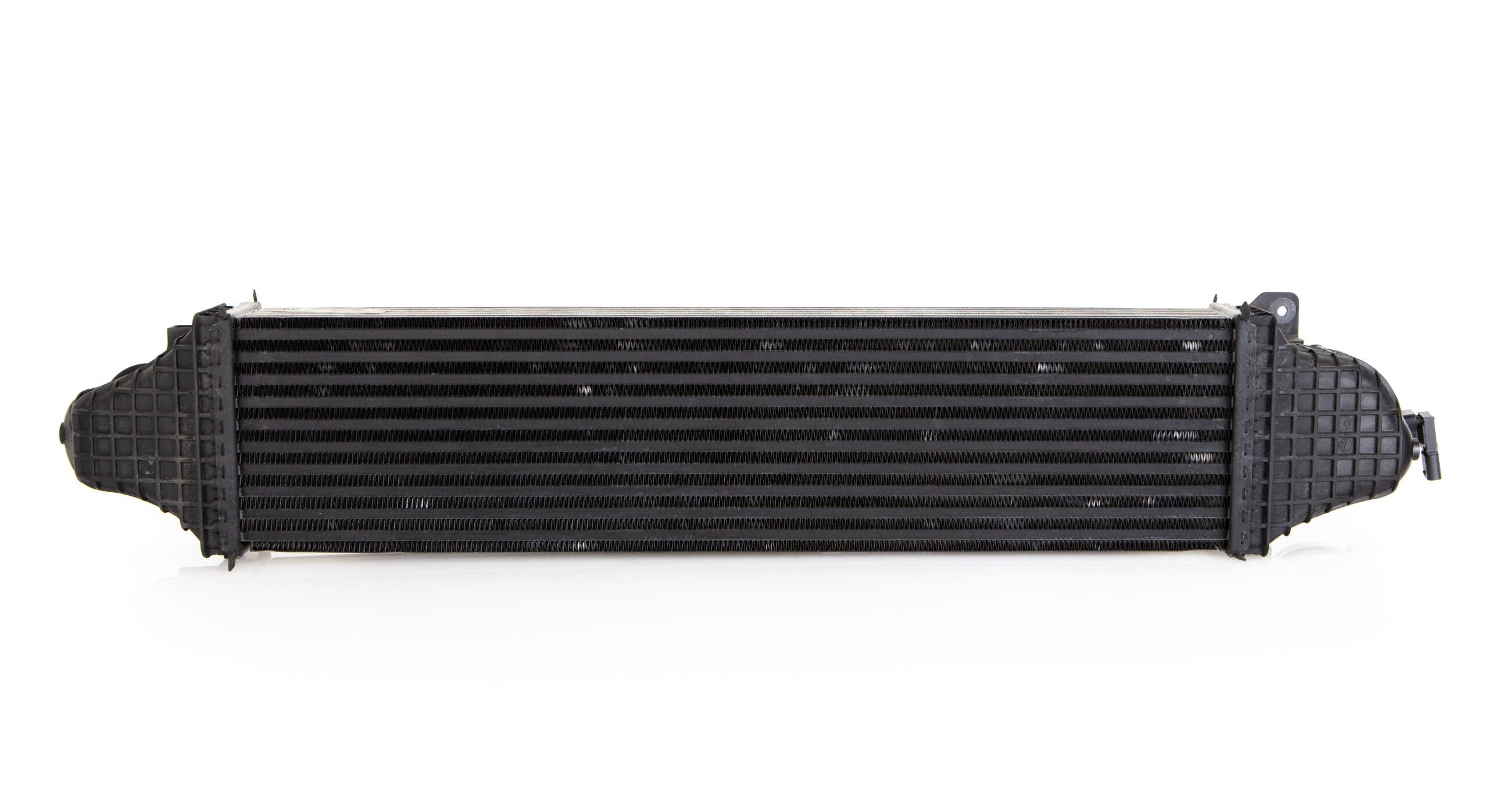
As previously stated, we're on a mission to further solidify the Explorer ST as a do-it-all speed machine, which means updating the dinky stock intercooler. If you scroll back up and take a peek at the intercooler installed without the bumper, you'll see that there's plenty of room to expand. We intend on growing the core significantly, but not too big. Drastically increasing the core size would have a detrimental effect on our new intercooler. Oversized intercooler cores can cause unwanted turbo lag, pressure loss, and adverse effects on charged-air cooling. So, our engineer, and EcoBoost expert, Mitch, digs into our donor Explorer ST to determine the perfect size and shape for our new intercooler.
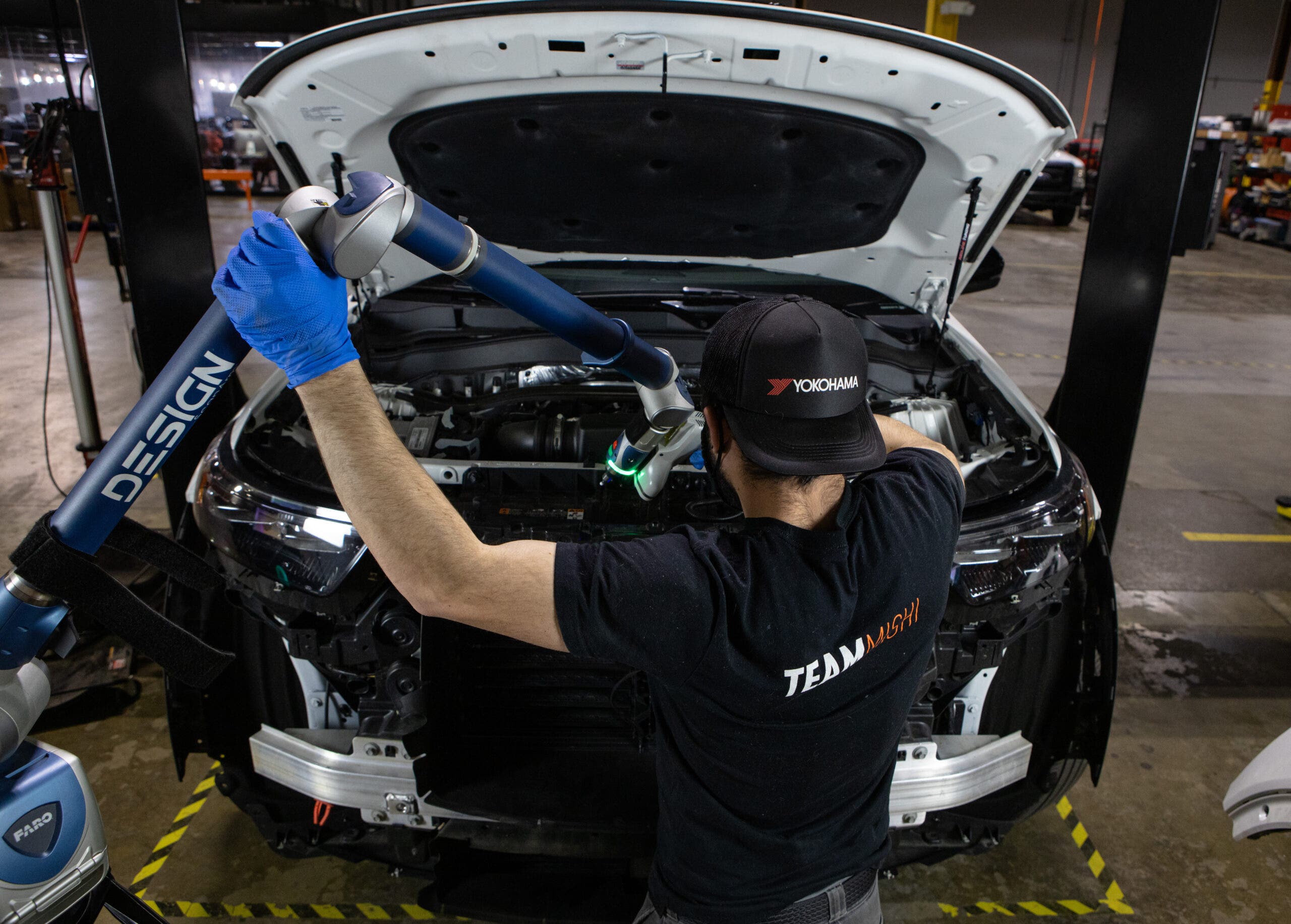
Mitch's design process starts with a scan of the front of the Explorer. The Faro Design Scan Arm converts every nook and cranny of the Ford's front end into a digital work area, which helps our engineering team streamline the design process. After a few passes with the scanner, Mitch now has an exact digital replica of the Explorer's front end, perfect for molding the new intercooler design.

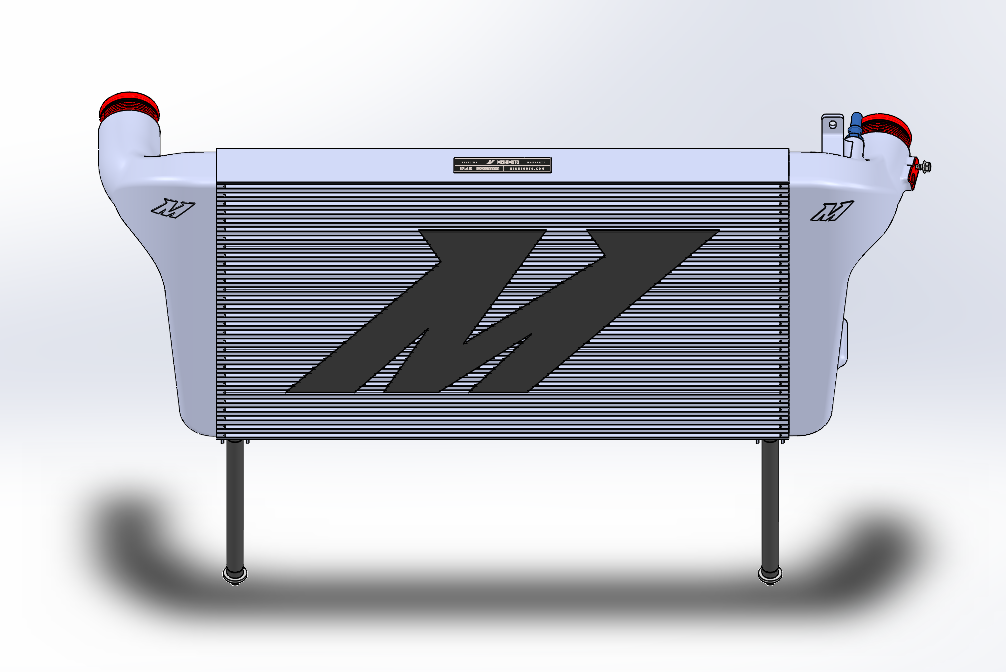
After careful planning and consideration, Mitch created a virtual version of our new intercooler. When we bring this intercooler to life, we plan to bump up the core size to 26"x16.5"x2.2" for a massive boost in cooling power. The added fin surface area and internal core volume will be more conducive to cooling charged air and increased boost pressure.
Until our new intercoolers are created check out our full selection of intercooler kits to upgrade from your stock model.
A bigger core isn't all we're planning, either. We intend to update the core construction to bar-and-plate and overhaul the end tanks. The stock plastic tanks are fine for those who don't demand much from their ST beyond daily driving. But, over time, the plastic can wear out, crack, and leak, so we're choosing cast aluminum instead. Our end tanks will be optimized for flow through the core, plus they'll be TIG-welded to the core for maximum durability.
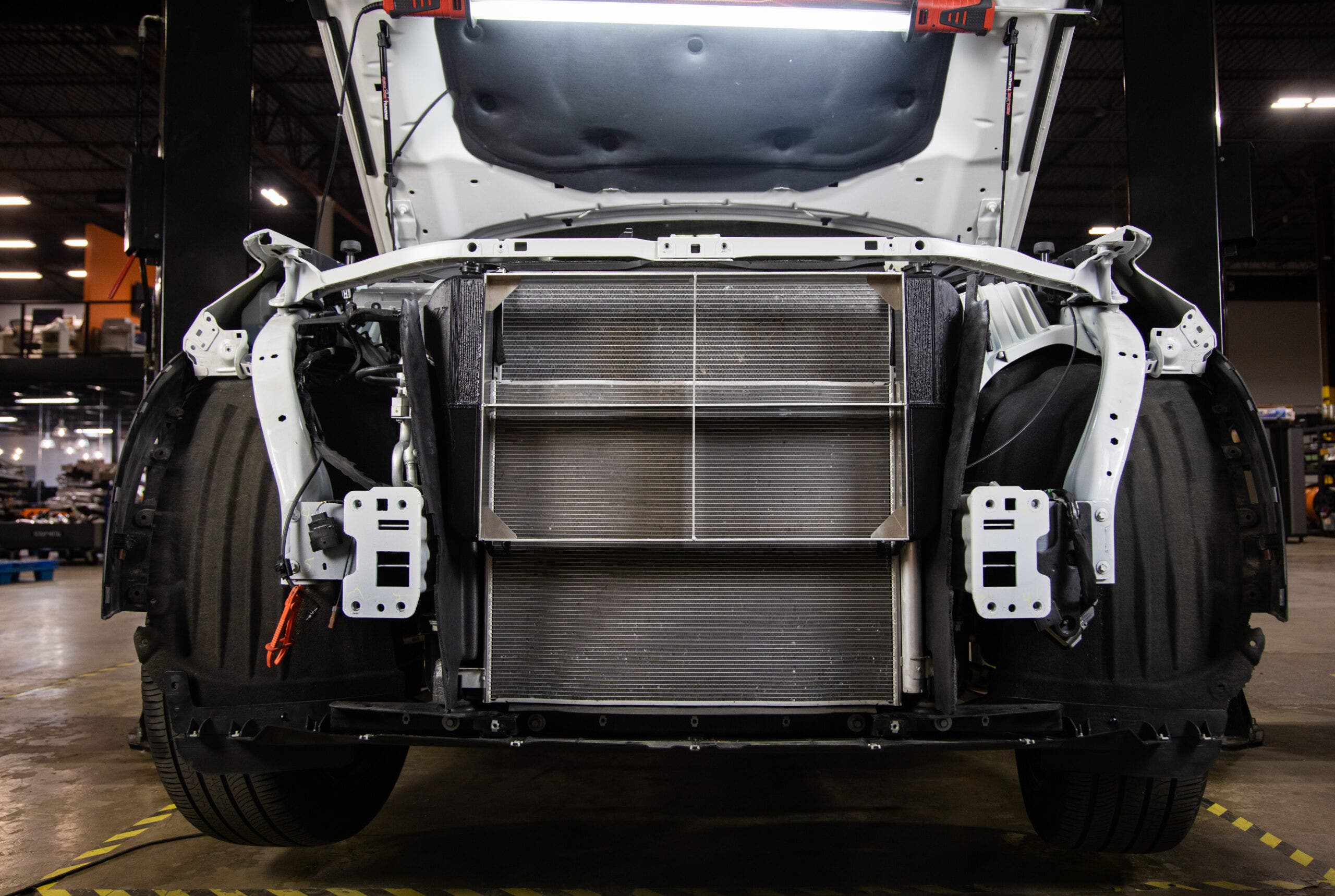
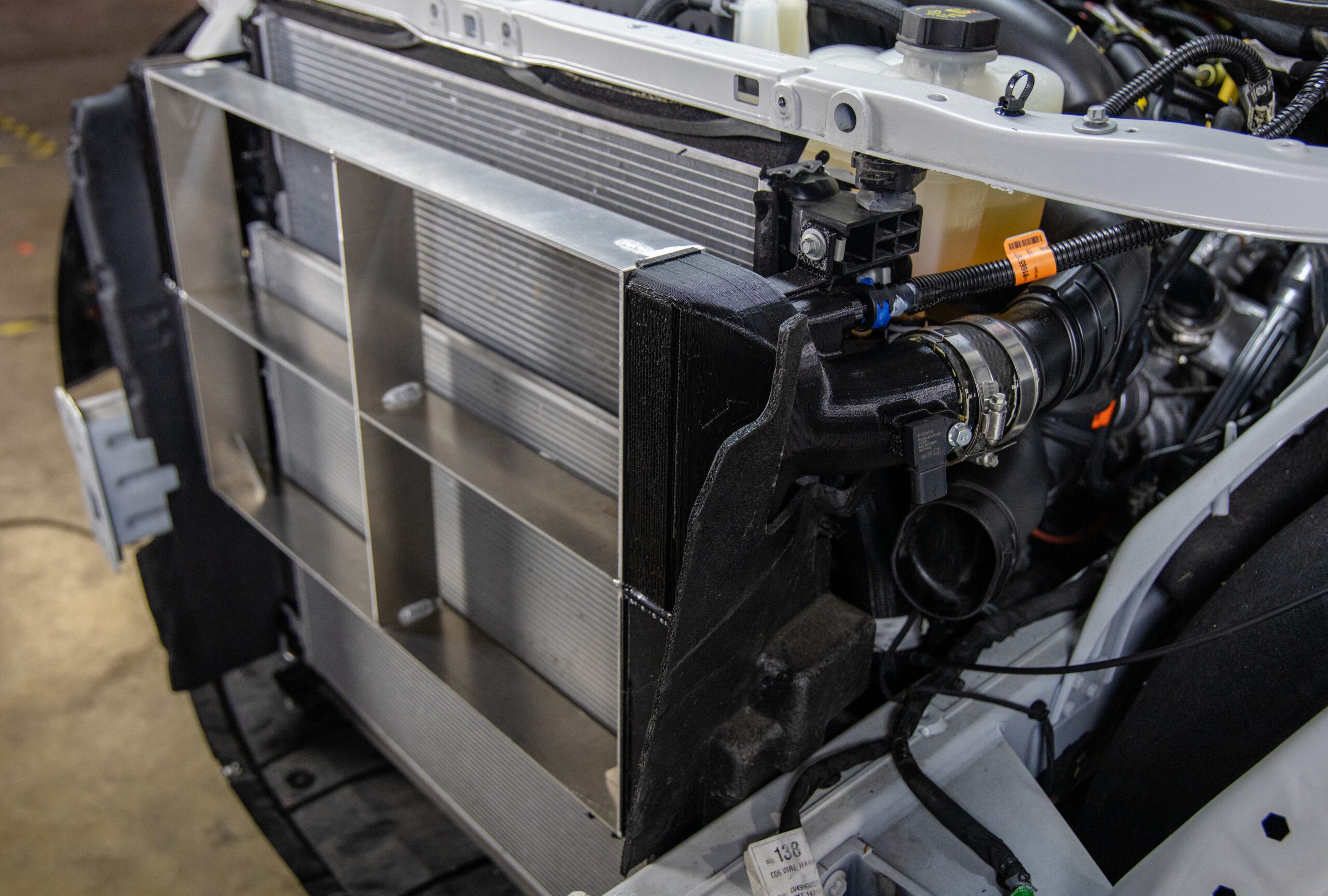
Heat soak puts a damper on the family fun drive. High intake-air temperatures in your 3.0T make for less grunt being sent to the wheels. Luckily we have a plan in place to resolve that with our new intercooler, so make sure you stay tuned for a first look at the cooler coming soon!
Thanks for Reading
-Nick




